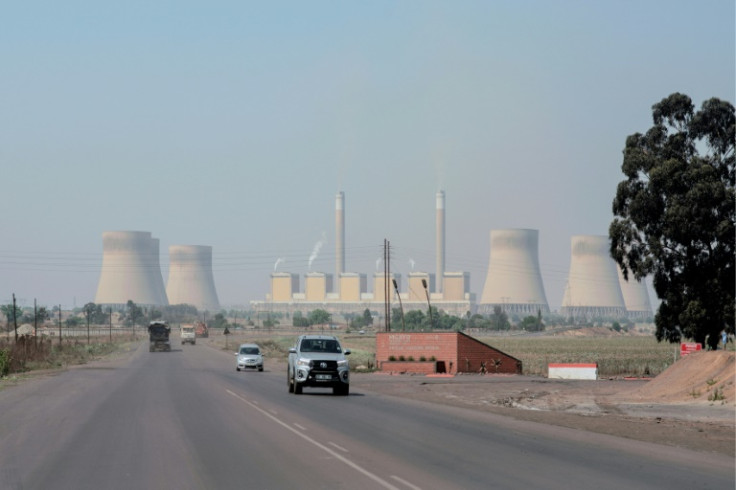Power-Deprived South Africa Fails To Revamp Koeberg Nuclear Plant

To lessen South Africa's extreme electricity crisis, nuclear power plants were expected to play a major role. In fact, Africa's largest industrialized nation had vowed to build a large fleet of new nuclear plants.
However, the continent's largest economy is putting up a poor show with the revamping of its sole nuclear plant, which is much smaller and far more straightforward.
According to state power utility Eskom, the 1,940-megawatt Koeberg plant has been shut down since December for refueling and to replace its steam generators -- a prerequisite for the continent's only commercial nuclear plant to secure the license to run for another 20 years.
The revamp was expected to be completed in early June. However, until now it is not clear whether it will be completed before the deadline.
"Frequent delays in returning units from maintenance are a serious cause of concern," Fanele Mondi, chief executive officer of the Energy Intensive Users Group, which comprises Anglo American and Glencore, told Bloomberg news agency. The group accounts for about 40 percent of the nation's electricity consumption.
The Koeberg plant was built by French firm Framatome in 1984, which is run on international norms. It has the license to operate till July 2024. With the upgrade and replacement of various components, the most reliable plant was hoping for a further 20-year license.
Experts from the International Atomic Energy Agency inspected it in 2019 and recommended technical interventions, including the replacement of steam generators, to make it operational for another 20 years.
Under the 2019 Integrated Resource Plan for electricity, the South African government had endorsed giving more life to the plant at a cost of R20 billion ($1.2 billion). Most of the budget was set aside for buying and installing the vital six new steam generators.
Way back in 2015, South Africa wanted to build new nuclear power stations to add an extra 9, 600 MW of nuclear power to the existing capacity of the Koeberg nuclear power station. The government conducted environmental assessment studies after five potential sites were identified along the coast running from Oyster Bay to the Northern Cape.
Since the construction of new nuclear plants is astronomically expensive and a time-consuming affair, extending the life span of the existing plant was considered achievable in the short term and financially viable.
The Koeberg nuclear plant has two units and together they contribute roughly 5 percent of the country's electricity as South Africa has implemented the "Stage 6" rotational power cuts every night.
Under "Stage 6", the worst on record, the power utility will have to shed 6,000 megawatts from the national grid, which means at least six hours a day without power in the country.
The cities of Cape Town and Johannesburg have issued separate alerts asking residents to be alert on infrastructure issues, including cable thefts, which increase during power cuts.
The Koeberg nuclear power station is equipped with a three-loop PWR and three 51B-type steam generators. It uses seawater for cooling, sourced from the South Atlantic Benguela Current. It has double-walled, titanium-tubed condensers to manage the turbines.
The replacements and upgrades needed to secure the 20-year license require each Koeberg unit to be shut down for a projected five months.
Unit 2 was shut down on Jan. 18, 2022, to reopen in June 2022. The same process will have to be followed on Unit 1 when it was supposed to shut down in October last year.
But things did not go as planned and all the reasons behind the delay have not yet been fully divulged.
However, media reports said that the lack of storage facilities for radioactively contaminated old steam generators played the spoilsport.
The power crisis in South Africa is solely blamed on failed state-funded Eskom. South Africa used to have a well-oiled energy-producing industry, which helped it to become the most industrialized nation in Africa.
Eskom currently operates at 50 percent of its capacity due to aging power plants and corruption. The state of affairs is so bad that Eskom's CEO André de Ruyter wanted to end the endemic graft and had initiated a probe.
But Ruyter fell victim to poisoning recently. It was reported on Jan. 7 that Ruyter drank a cup of coffee in his office suspected to be laced with cyanide. Ruyter will hang his boots on March 31.
So, the revamp of the Koeberg plant is not on the right track and is in limbo.
It is going to be dark at noontime in South Africa for a longer period.
© Copyright 2025 IBTimes IT. All rights reserved.



















